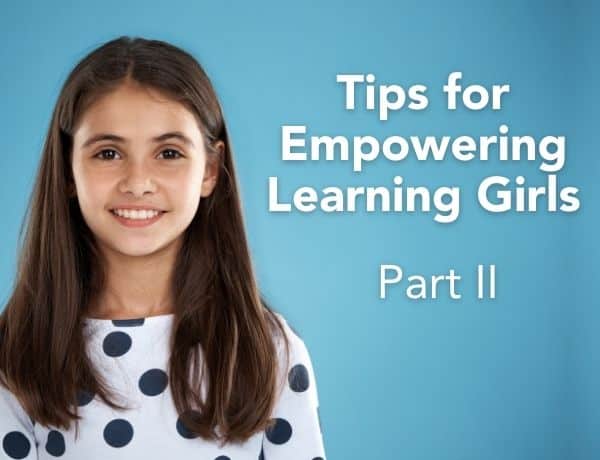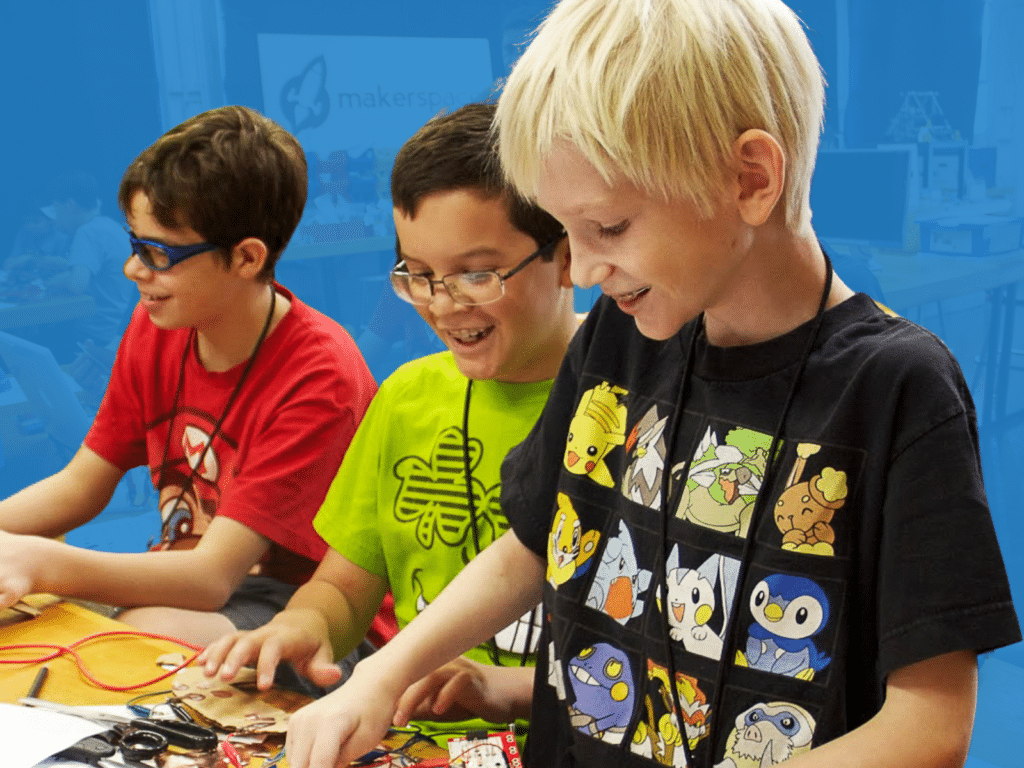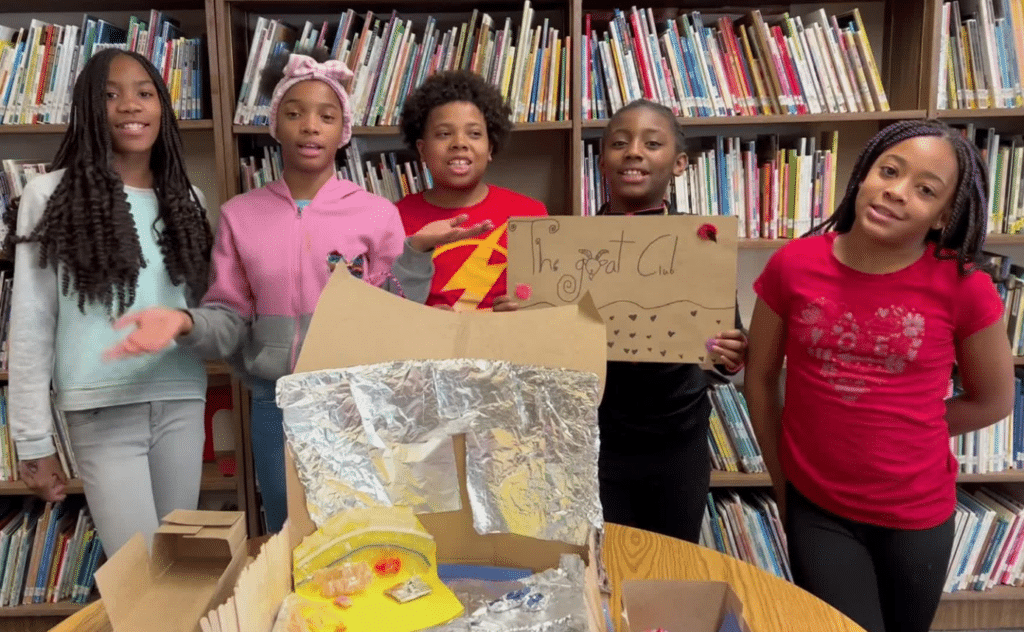Studies show that many girls self-select out of things that are risky or hard because they are afraid that they might fail or won’t perform perfectly. In today’s global economy, “[c]ompanies are in desperate need of innovation and talented people who are capable of solving global, complex problems.” To be able to tackle these problems, we need to empower girls with the mindsets and skillset to allow them to grow into passionate innovators. We need to develop their confidence, skills and resilience, so they can transform their ideas into reality.
In other words, we need to empower them with the entrepreneurial mindset! Research shows that there are multiple barriers to girls’ confidence, including fear of failure, perfectionism, sensitivity to criticism, and language of self-doubt. Here’s part two of our tips to help girls overcome these barriers to feel empowered while learning. Missed part one? Check it out here!
Tip #5: Reframe Criticism

Successful entrepreneurs recognize critical feedback for what it is—a way to help them improve anything related to their product/service. They seek it out and expect to get critical feedback from different perspectives including potential customers, actual customers, investors, competitors, colleagues etc. After all, it’s hard to make things better if you don’t know what’s wrong! However, research shows that girls can be sensitive to criticism, taking it not as helpful feedback but rather as a negative judgement on who they are.
As an instructor, you can set the tone for how critical feedback is perceived—like failure, you want to celebrate it as a chance to learn and a reflection of work, and not a person’s worth. Talk about times when you got critical feedback and how it was ultimately helpful. Emphasize that criticism’s aim (at least criticism you should take seriously!) is about helping you improve, not a negative judgement about who you are, your abilities or your potential.
Tip #6: Look Out for Self Doubt
Be on the lookout for the following kinds of language from students, particularly from girls:
- “This is probably a stupid [dumb, bad, unoriginal…] idea but…”
- “I’m sure I’m wrong, but what if…”
- “How am I supposed to know? I’m not good at this…”
- “I’m not good at ________.”
- “I’m not creative [confident, a good public-speaker, good at solving problems].”
Discourage language like # 1 and 2 above—have students restate their ideas without that language. Remind them that part of being a successful entrepreneur means sharing all ideas, no matter silly something sounds. Looking for more ways to encourage brainstorming? Check out Reverse Brainstorming and Make a Pig Fly!

If you hear language like # 3, 4 and 5, help girls to reframe these kinds of statements using a growth mindset—such as “I’m not a good public speaker, YET… with practice I know I can get better” or, “I never thought of myself as creative because I’m not very interested in painting or drawing, but now I realize that there are many ways to be creative AND that I can learn to be more creative. It’s a skill like anything else—you just need to practice.”
Tip #7: Consider Group Dynamics

Girls who feel like they’re being left out of groups by friends or are not being chosen to be partners can experience low self-confidence, which in turn impacts their learning and participation. Also, once they’re in groups, girls may be more willing to step aside and let others be leaders depending on social relationships. To help address some of these social dynamics, consider using teacher-selected groups (and get as fun and creative about this as you want!) as often as possible.
Also, when appropriate, assign roles within groups. When all students have been assigned to groups and roles, the social dynamics become less of a factor—girls will know that they have a particular role to play within the group because that is the assignment and not because a peer decided their fate. Most importantly, in co-ed settings, be sure to give girls plenty of opportunities to take on leadership and speaking roles in their groups. And, in activities that involve building/constructing things, keep an eye on the groups to make sure that the girls are participating in the hands-on component of the activity i.e. not just taking notes while the boys are actively manipulating the materials.
Were these tips helpful? Sign up to receive them straight to your inbox!




